Inbound Marketing Automation: Drive Organic Growth
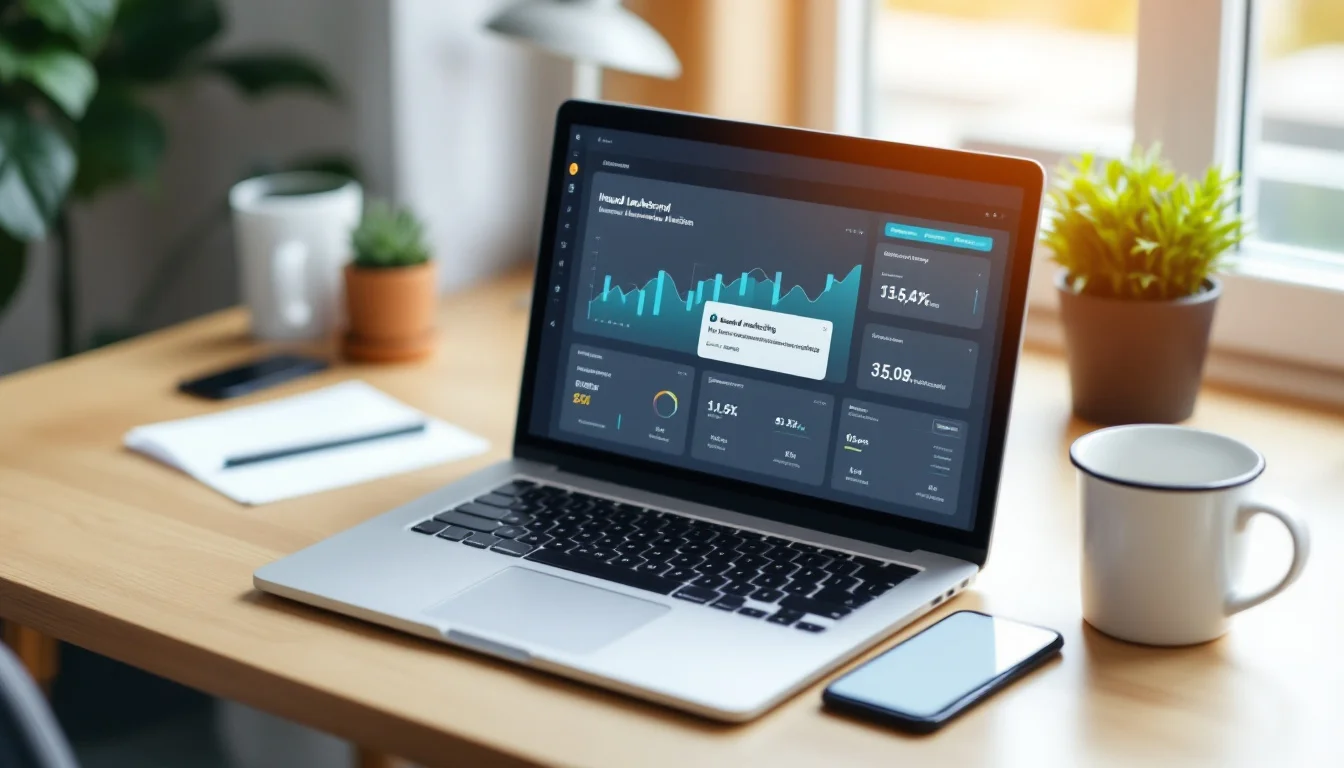
At Drop Cowboy, we’ve seen firsthand how inbound marketing automation can transform businesses. This powerful approach attracts customers organically, nurturing leads through personalized interactions.
Inbound marketing automation combines strategy, technology, and content to streamline your marketing efforts. In this post, we’ll explore the tools and tactics that drive organic growth and boost your bottom line.
What Is Inbound Marketing Automation?
The Evolution of Marketing Strategy
Inbound marketing automation revolutionizes how businesses attract and nurture leads organically. This approach uses software to streamline marketing tasks, allowing companies to focus on creating valuable content and building customer relationships. The shift from traditional outbound methods to inbound strategies marks a significant evolution in marketing practices.
Automation: The Engine of Inbound Marketing
Inbound marketing automation combines technology with strategy to deliver personalized experiences at scale. It automates repetitive tasks such as email sends, social media posts, and lead scoring. This automation empowers marketers to concentrate on high-value activities like content creation and strategy development.
HubSpot’s State of Marketing Report 2023 reveals that businesses using marketing automation experience a 451% increase in qualified leads. This statistic underscores the potential impact of implementing automation in inbound marketing efforts.
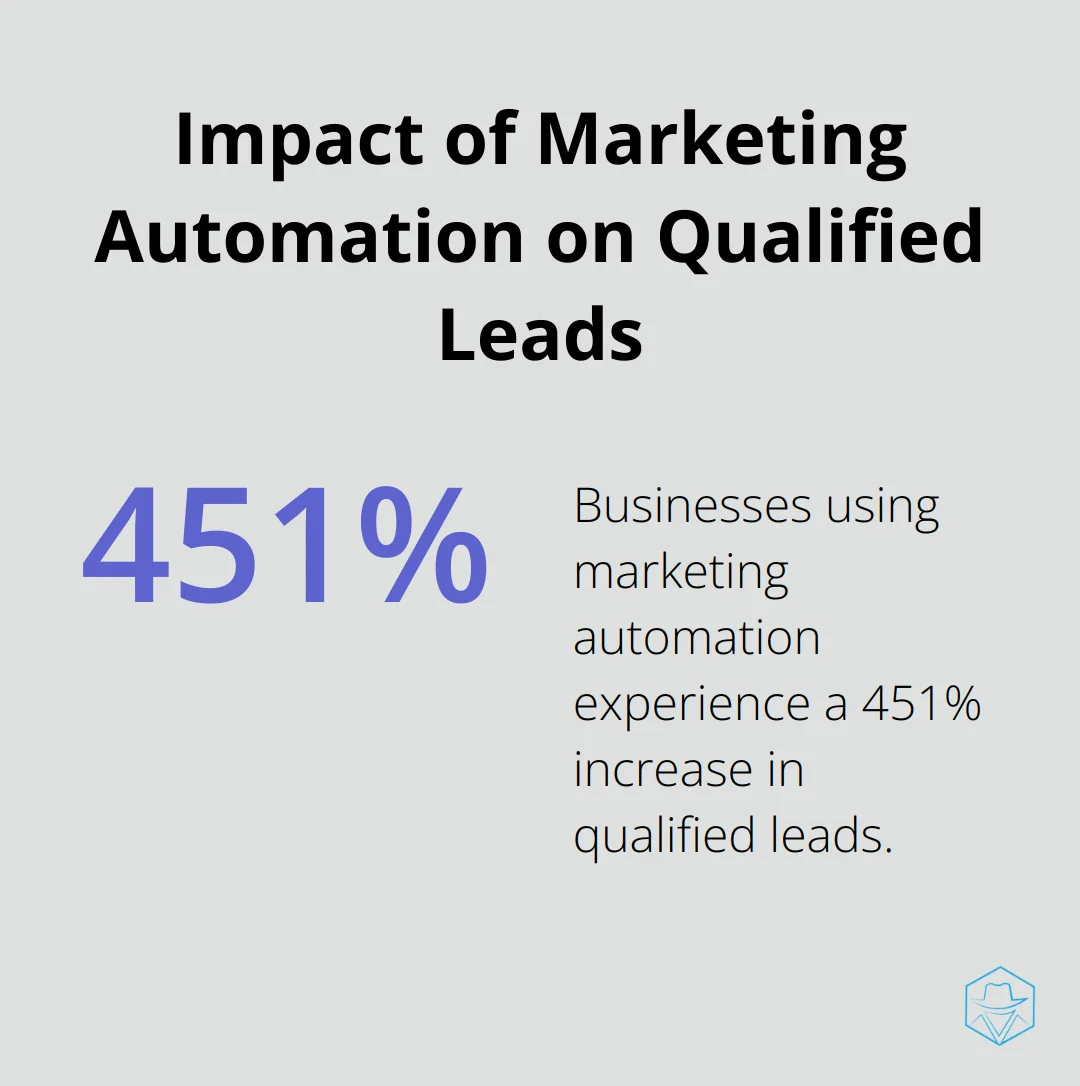
Tangible Benefits for Businesses
The advantages of inbound marketing automation are substantial:
- Time and Resource Efficiency: Nucleus Research found that marketing automation drives a 14.5% increase in sales productivity and a 12.2% reduction in marketing overhead.
- Enhanced Lead Quality: Automated lead nurturing with relevant content ensures that only the most qualified prospects reach the sales team, leading to higher conversion rates.
- Data-Driven Insights: Automation tools collect valuable data on customer behavior, enabling businesses to refine strategies and improve ROI. Forrester Research reports that B2B marketers who implement marketing automation increase their sales pipeline contribution by an average of 10%.
The Shift from Traditional to Inbound Marketing
Inbound marketing automation differs significantly from traditional outbound marketing. While traditional methods interrupt potential customers with ads or cold calls, inbound marketing automation attracts customers through valuable content and tailored experiences.
This approach aligns with modern consumer preferences. The Content Marketing Institute reports that 70% of consumers prefer to learn about products through content rather than traditional advertising. Leveraging automation to deliver this content at the right time and through the right channels allows businesses to meet customers at various stages of their buying journey.
Personalization at Scale
One of the key strengths of inbound marketing automation lies in its ability to personalize communication at scale. Technologies like Drop Cowboy’s Mimic AI™ allow businesses to create personalized voice messages for large audiences, combining the efficiency of automation with the personal touch that consumers crave.
As we move forward, the next section will explore the essential tools that power successful inbound marketing automation strategies, enabling businesses to harness these benefits effectively.
Powering Your Inbound Strategy: Essential Tools for Success
The Foundation: CRM Systems
Customer Relationship Management (CRM) systems form the central hub for all customer interactions. These systems store valuable data on leads and customers, which enables personalized communication at scale. Salesforce reports that CRM applications can increase sales by up to 29%, sales productivity by up to 34%, and forecast accuracy by 42%. When you select a CRM, prioritize features like contact management, lead scoring, and integration capabilities with other marketing tools.
Amplifying Reach: Email Marketing Platforms
Email continues to be a cornerstone of inbound marketing. Campaign Monitor reports that email marketing generates $44 for every $1 spent. Advanced email marketing platforms offer features such as segmentation, A/B testing, and automated workflows. These capabilities allow marketers to deliver highly targeted content based on user behavior and preferences. When you choose an email platform, look for robust analytics, mobile optimization, and integration with your CRM.
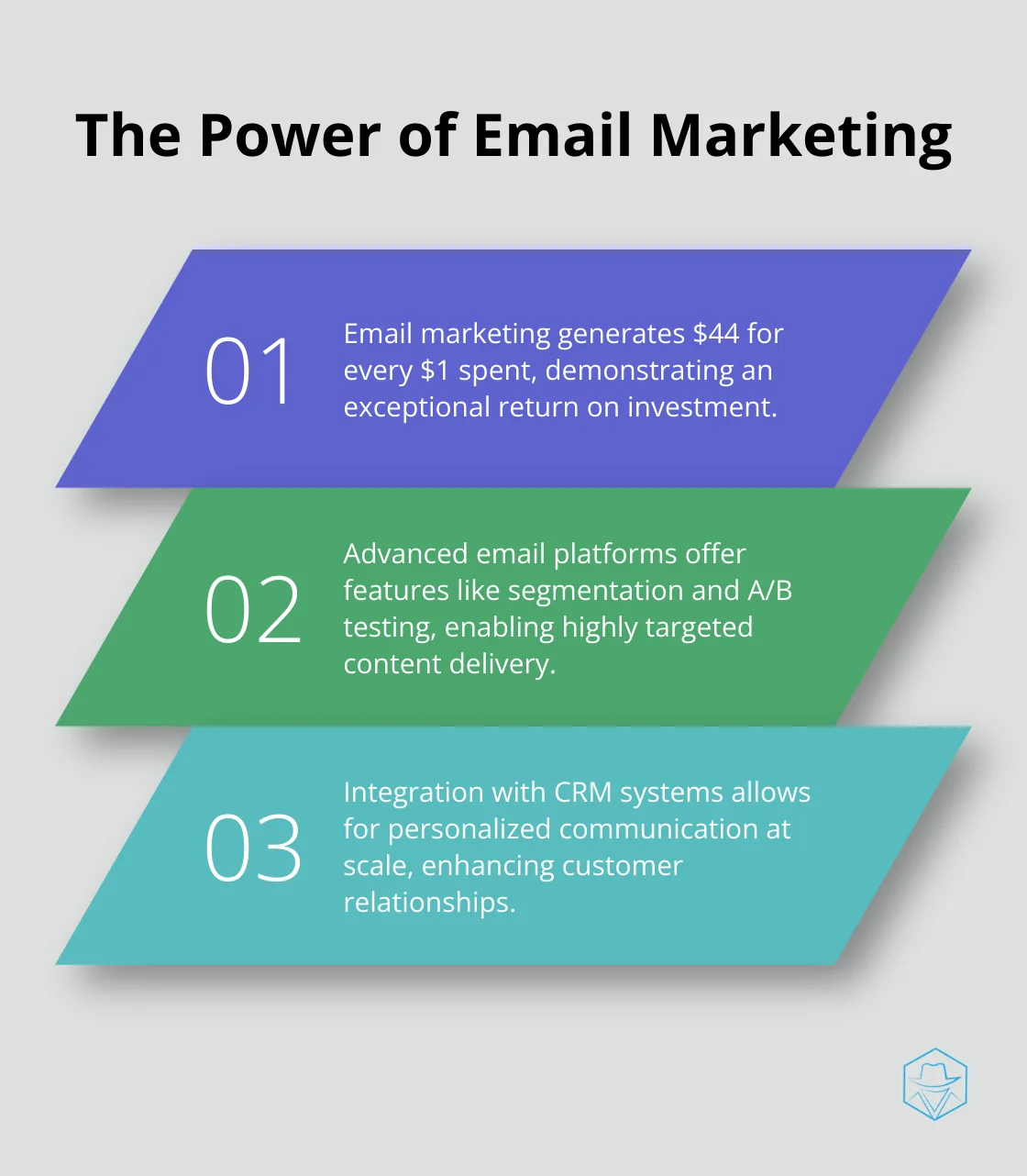
Streamlining Social: Scheduling and Management Tools
Social media plays a crucial role in inbound marketing, but managing multiple platforms can consume significant time. Social media scheduling tools automate post publishing, which ensures a consistent presence across channels. Hootsuite reports that 83% of marketers who use social media scheduling tools say it saves them time. When you select a tool, prioritize features like content calendar views, performance analytics, and team collaboration capabilities.
Content Management Systems: The Royal Domain
Content Management Systems (CMS) are vital for the creation, organization, and publication of inbound marketing content. They provide a centralized platform for managing websites, blogs, and landing pages. W3Techs reports that WordPress powers 43% of all websites (highlighting its popularity among marketers). When you choose a CMS, consider factors like ease of use, SEO capabilities, and integration with other marketing tools.
Measuring Success: Analytics and Reporting Software
Data-driven decision-making is essential for inbound marketing success. Analytics and reporting software provide insights into campaign performance, user behavior, and ROI. Google Analytics (used by 86% of websites according to BuiltWith) offers comprehensive data on website traffic and user interactions. When you select analytics tools, look for features like custom reporting, goal tracking, and integration with your CRM and other marketing platforms.
The Power of Voice: Personalized Messaging
Voice messaging platforms (such as Drop Cowboy’s Mimic AI™) are becoming increasingly important in the inbound marketing toolbox. These tools allow for personalized voice messages at scale, which adds a human touch to automated campaigns. When you consider voice messaging tools, look for features like voice cloning, integration with CRM systems, and detailed analytics on message engagement.
As we explore these powerful tools, it becomes clear that the right combination can significantly enhance your inbound marketing efforts. However, tools alone are not enough. In the next section, we’ll discuss the strategies that will help you maximize the potential of these tools and drive organic growth for your business.
Maximizing Inbound Marketing Automation
Craft Detailed Buyer Personas
The foundation of effective inbound marketing automation rests on understanding your audience. Develop detailed buyer personas based on real data, not assumptions. Use surveys, interviews, and analytics to gather insights about your target customers’ demographics, behaviors, pain points, and goals. HubSpot reports that using buyer personas makes websites 2-5 times more effective and easier to use by targeted users.
Create High-Value, Targeted Content
After understanding your audience, focus on creating content that addresses their specific needs and challenges. According to the Content Marketing Institute, 72% of marketers say content marketing increases engagement and leads. Diversify your content types to cater to different preferences – blog posts, videos, podcasts, infographics, and webinars. Always prioritize quality over quantity. One well-researched, in-depth piece often outperforms multiple superficial articles.
Implement Smart Lead Scoring
Not all leads hold equal value. Implement a lead scoring system to prioritize your efforts. Assign points based on demographic information, online behavior, and engagement with your content. For example, downloading a whitepaper might be worth 10 points, while visiting your pricing page could be 20 points. Marketo found that companies using lead scoring had a 77% higher lead generation ROI than those not using it.
Personalize Lead Nurturing Campaigns
Harness the power of automation to deliver personalized content at scale. Use behavioral triggers to send targeted emails, SMS messages, or even personalized voice messages. Segment your audience based on their interests, stage in the buyer’s journey, and previous interactions with your brand. According to Epsilon, 80% of consumers are more likely to make a purchase when brands offer personalized experiences.
Align Sales and Marketing Efforts
Eliminate silos between your sales and marketing teams. Ensure both teams agree on what constitutes a qualified lead and when a lead should move from marketing to sales. Regular meetings between these teams can improve communication and refine your lead nurturing process. Companies with strong sales and marketing alignment achieve 20% annual growth rate (as reported by Aberdeen Group).
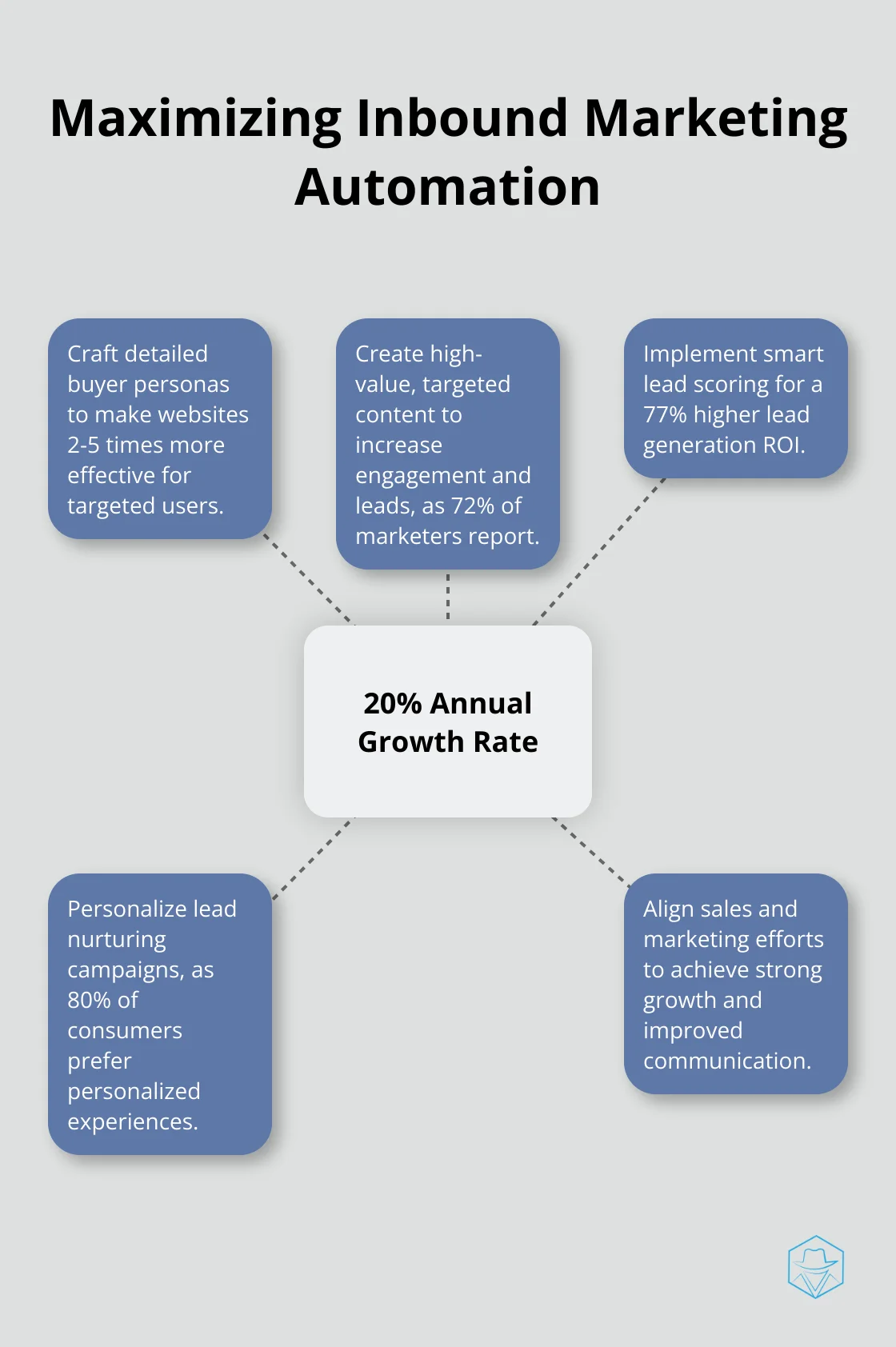
Final Thoughts
Inbound marketing automation has transformed how businesses attract and convert customers. Companies that implement this approach experience significant improvements in lead generation, sales productivity, and marketing ROI. The future of inbound marketing automation will likely include more AI integration and sophisticated personalization techniques.
Continuous optimization remains key to success with inbound marketing automation. Regular analysis of campaign performance, refinement of buyer personas, and updates to content strategies will maintain effectiveness. The integration of voice-based marketing (such as personalized voice messages) adds a human touch to digital interactions.
Businesses that prioritize value, relationship-building, and data-driven insights will thrive in the competitive digital marketplace. Combining the right tools, strategies, and a customer-centric approach creates sustainable growth and fosters long-term customer loyalty. Inbound marketing automation empowers companies to streamline efforts and deliver personalized experiences at scale.
blog-dropcowboy-com
Related posts

July 20, 2025
Real Estate Marketing Automation: Close More Deals
Boost sales with real estate marketing automation. Discover tips, trends, and tools to enhance your lead generation and close more deals.
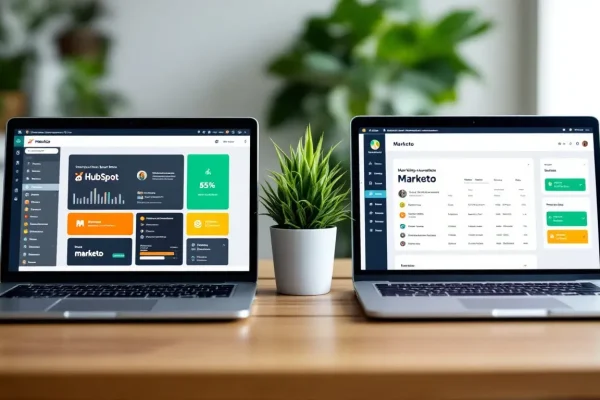
March 26, 2025
HubSpot vs Marketo: Top Marketing Automation Tools
Compare HubSpot vs Marketo to find the ideal marketing automation tool for your business. Discover which software best suits your needs and strategies.

July 20, 2025
Top Plivo Competitors: Comparing Communication APIs
Compare Plivo competitors to find the best communication APIs. Discover their strengths to enhance your business communication.

July 20, 2025
iPaaS Comparison: Choosing the Perfect Platform
Compare iPaaS platforms. Find the perfect solution for your business needs with expertise-driven analysis and insights.

June 16, 2025
Best Phone Dialer Apps for iPhone Users
Discover the top phone dialer apps for iPhone users to enhance call management. Compare features and improve your dialing experience with ease.

June 23, 2025
Real Estate Dialer: Close More Deals Faster
Boost your sales with a real estate dialer. Learn how to close more deals faster and increase productivity in the competitive real estate market.